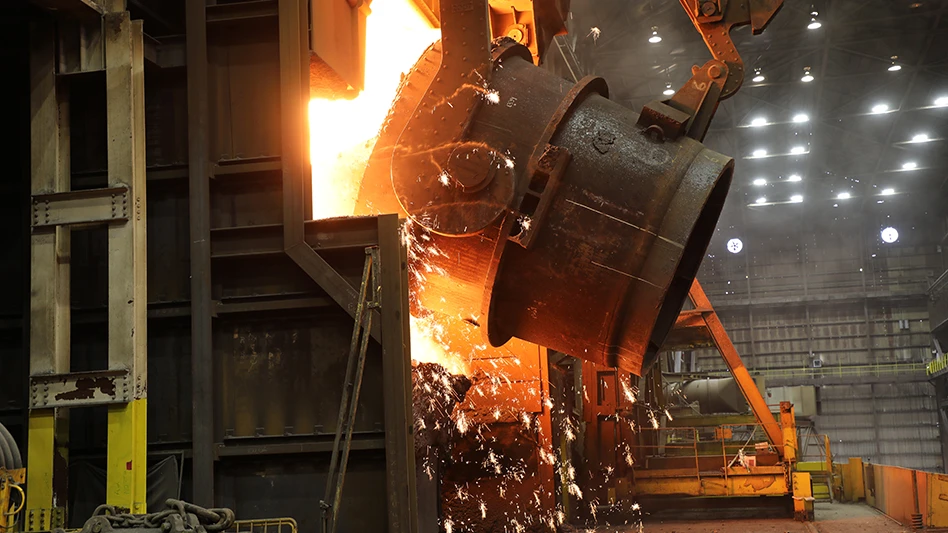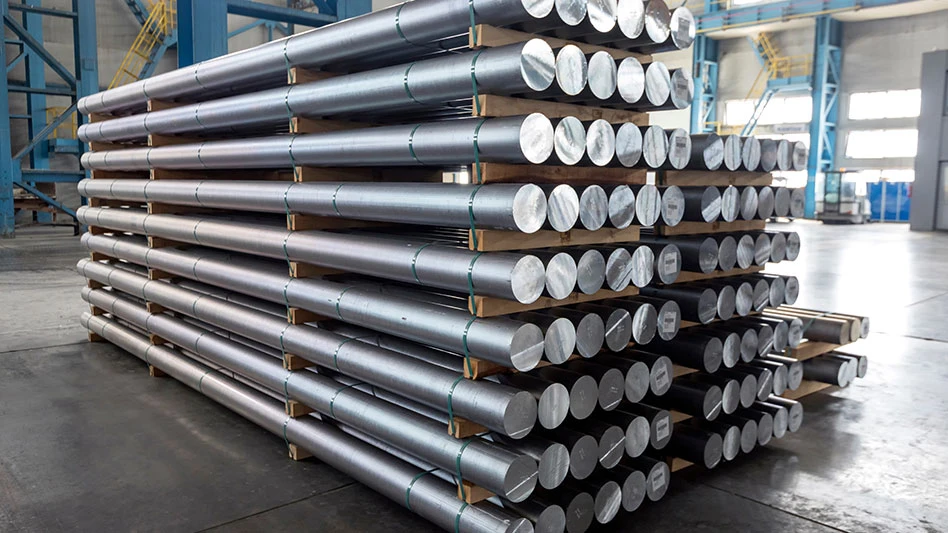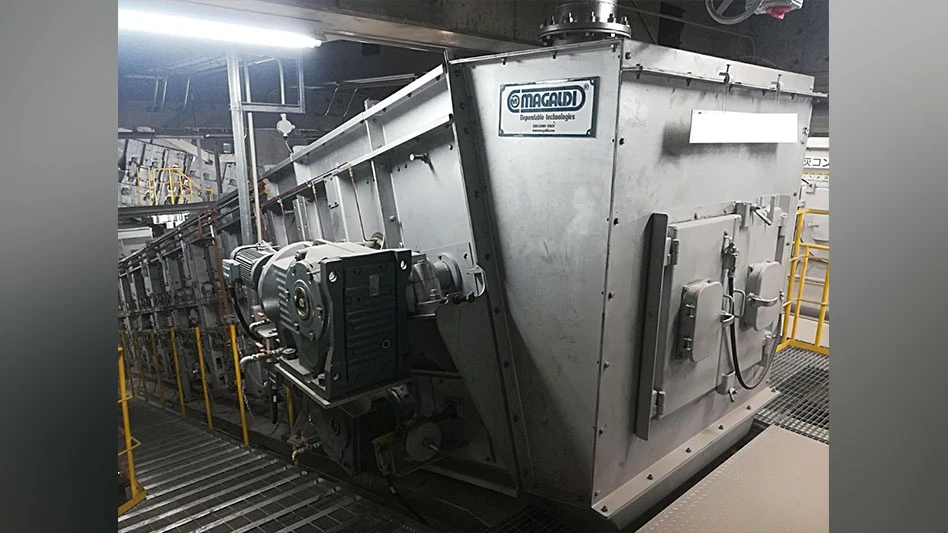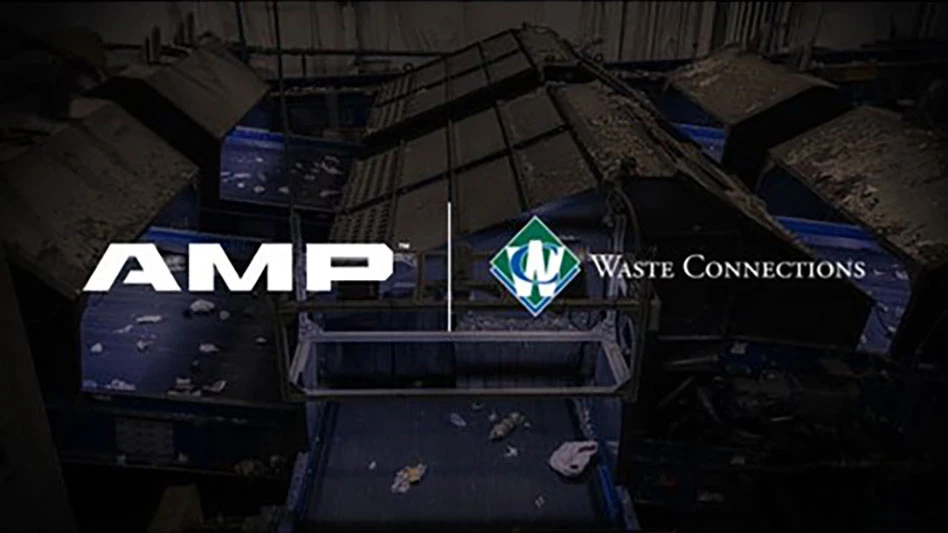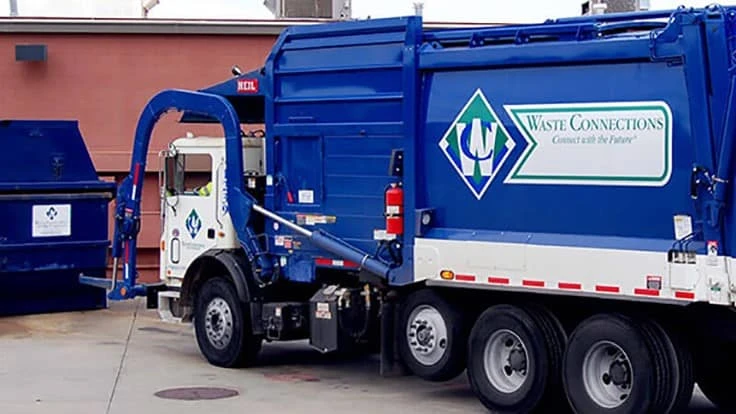
Waste Connections Inc., Ontario, Canada, has announced its results for the first quarter of 2020, reporting a net income of $143 million, or 54 cents per share. Despite the resulting significant slowdown in economic activity and impact to revenue, Waste Connections exceeded its first quarter outlook for adjusted EBITDA with earnings of $408.5 million, or 30.2 percent of revenue.
“We recognized going into this period of uncertainty that our communities would count on us as an essential services provider, and we on each other, to honor our commitments,” says Waste Connections President and CEO Worthing Jackman. “Protecting the health, safety and welfare of our employees has guided every decision we've made, knowing that reducing employee concerns regarding income, healthcare and family obligations would be critical to providing exceptional service. Our operating performance during this period reflects the benefit of that focus and is a testament to the dedication and tireless efforts of every Waste Connections employee, whether in the field or working remotely, which have been truly inspirational."
Jackman added, "We believe the financial impact of the COVID-19 outbreak and the pace of recovery remain uncertain at this time. The severity and duration of varying impacts across markets, the shape of any economic recovery and any additional acquisitions completed during the year will influence the extent to which our results are impacted."
Financial impact from COVID-19
During the first quarter of 2020, Waste Connections says the business was impacted by COVID-19 due to a reduction in revenue primarily in solid waste commercial collection and solid waste transfer and disposal resulting from a slowdown in activity associated with shelter-in-place or other closure restrictions.
The effects of this become apparent to the company in March, when commercial collection activity slowed down in certain markets due to service reductions or suspensions by customers whose business activity was curtailed by such measures, with third party transfer and disposal volumes typically following similar patterns to hauling activity.
In general, Waste Connection’s markets in Canada and the Northeast U.S. were hardest hit. In the aggregate market, the slowdown in activity is estimated to have resulted in a decline of approximately $12 million in revenue with an estimated impact of approximately 20 basis points to adjusted EBITDA margin. This resulted in an impact of approximately two cents per diluted share in the first quarter.
“The impacts we have seen vary by geography, the size of customer mix in each market and the timing and extent of shutdown requirements across markets,” he says. “In general, our smaller, more suburban or rural markets have been less impacted than the larger, more densely populated markets where we operate.”
Q1 2020 results
Revenue in the first quarter totaled $1.35 billion, up from $1.25 billion in the same period the previous year. Operating income was $217 million, which included $3.7 million in acquisition-related costs and $1.5 million in impairments and other items. This compares to operating income of $184.9 million in the first quarter of 2019, which consisted of $16.1 million in impairments and other operating items, and $3.9 million in acquisition-related costs.
“Acquisitions completed since the year-ago period contributed about $64 million of revenue in the quarter, or about $59.6 million, net of divestitures,” says Mary Anne Whitney, CFO of Waste Connections. “Results from the first two months of the quarter positioned us to easily exceed our Q1 revenue outlook, but COVID-19-related declines and solid waste activity in March impacted revenue in the period by an estimated $12 million, or about 100 basis points of organic growth, primarily volume.”
As a result, Whitney says solid waste price plus volume for the quarter was 5.2 percent due to lower commercial activity and third-party disposal volumes in regions where the COVID-19-related precautions were imposed earlier than other markets.
When looking at year-over-year results in the first quarter by line of business, commercial collection revenue increased approximately 5.4 percent, mostly due to price increases. Roll-off revenue increased approximately 6 percent on a combination of higher pulls, and revenue per pull was up 3.5 percent. In terms of recycled commodities, landfill gas and renewable energy credits were down about $5.4 million or 16 percent year-over-year.
“OCC prices have increased to over $100 per ton; in fact, some markets have seen prices of over $200 per ton,” says Whitney. “However, the collapse of oil prices has eroded the value of recycled plastics, such that the net effect on the current value of the basket of commodities is an estimated increase of approximately 20 percent from Q1, but down about 15 percent year-over-year.”
Capital expenditures for the company were $137.8 million, up $23.6 million and 20.7 percent year over year. In addition, Waste Connections resumed its share repurchase program in Q1 and deployed about 106 million to repurchase approximately 1.27 million shares.
“We completed two public debt offerings during the quarter, totaling $1.1 billion, which included $600 million of 2.6 percent 10-year senior notes in January, and $500 million of 3.05 percent 30-year senior notes in February, which further diversified our debt sources, extended the average tenor and lowered our all-in average cost of debt to approximately 3.1 percent,” says Whitney.
Debt outstanding at the end of Q1 was about $5.2 billion, and the company’s leverage ratio ended the quarter at approximately 2.9 times debt-to-EBITDA, with cash balances of approximately $1.2 billion.
“Any economic recovery should reduce this impact going forward and our daily tracker suggests that the worst may, in fact, be behind us,” says Jackman. “Our data indicates that the pace of declines in solid waste in our most affected markets peaked in late March and slowed considerably during April. In late April, we saw mid- to high-single-digit-percentage upticks from weekly lows—and solid waste landfill volumes and roll-off activity, with over 70 percent of locations showing improvement.”
Latest from Recycling Today
- American Beverage marks five-year anniversary of Every Bottle Back
- Prism Worldwide raises $40M in Series A, A1 funding
- Trademark Metals Recycling opens new Florida facility
- Amcor to acquire Berry Global in $8.43B all-stock transaction
- Crown qualifies coils produced at Constellium’s new recycling center
- Ecore receives investment from low-carbon fund
- Chinese policy moves affect nonferrous markets
- Machine learning researched as battery fire detection technique
